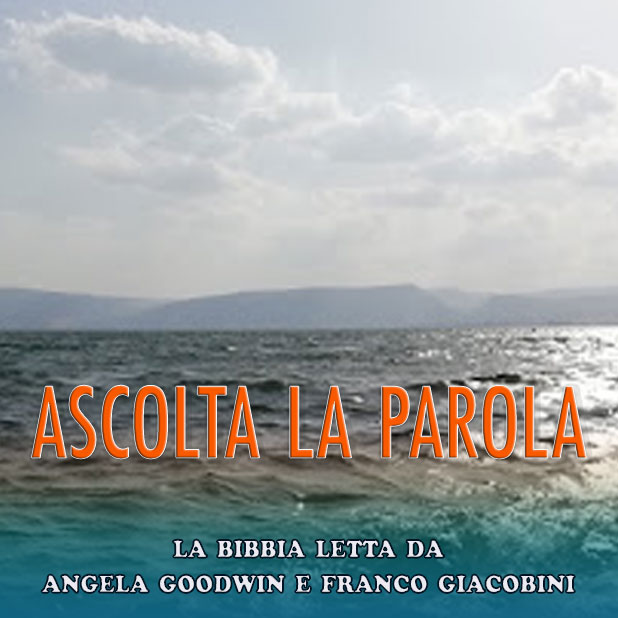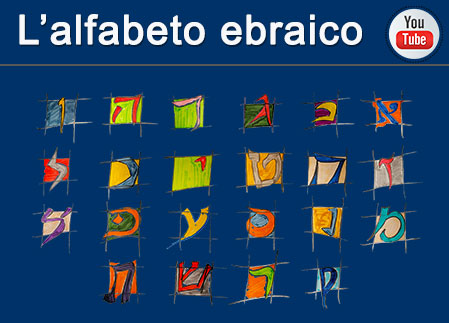Commission for religious Relation with Judaism
Città del Vaticano 18/01/2003
As conflicts divide neighbors and nations and the threat of war hangs aver us like a shadow, too many people see and employ religion as a force of divisiveness and violence, rather than a force far unity and peace. Between 16-18 January 2003 in Rome, the Pontifical Council far Interreligious Dialogue organized a symposium on "Spiritual Resources of the Religions far Peace." In this symposium, 38 participants from 15 countries dedicated themselves to exploring the rich resources of religions (Buddhism, Christianity, Hinduism, Islam, Jainism, Judaism, Sikhism, Zoroastrianism) far peace. This encounter was a follow-up to the Interreligious Assembly held in the Vatican on 25-28 October 1999, the Day of Prayer far Peace which took place in Assisi, 24 January 2002 and the Forum for Peace, which preceded it.The talk of war has intensified in recent months, but there has not been much increase in the talk of peace. Dedicated efforts are needed to examine how, in a world that is increasingly interconnected, we can find new ways to respect our religious differences while forging peaceful bonds based on our common humanity.
Our Scriptures and traditions are the most important spiritual resources which each of us possesses. We believe that the Scriptures of each religion teach the path to peace, but we acknowledge that our various Sacred writings have often been and continue to be used to justify violence, war, and exclusion of others. Our various communities cannot ignore such passages which have often been misinterpreted or manipulated far unworthy goals such as power, wealth, or revenge, but we must all recognize the need far new, contextual studies and a deeper understanding of our various Scriptures that clearly enunciate the message and value of peace far all humanity.
Believers need to examine those Scriptural passages that depict people of other religions in ways that conflict with their own self-understanding. This requires a renewed effort to educate properly our own adherents to the values and beliefs of others. Such Interreligious education, that takes seriously the self-understanding of other religious traditions, is essential far communicating the message of peace to new generations. The challenge is to remain true to our own faith without disparaging or distorting that of others.
Spiritual resources far peace include not only our Scriptural foundations, but also the example of our fellow believers who, down through history, have taught peace and acted as peacemakers. These include saints, poets and martyrs who have suffered and often given their lives in non-violent commitment to truth, justice and fellowship, which have been the foundations of human progress. They include countless persons of every religion whose names are not recorded by history, but who have valiantly acted to prevent conflict and war, who have assisted victims of violence without regard to religion or nation, and who have worked far justice and reconciliation as the basis for establishing peace. By their actions, they have home concrete witness to the mission of each ~religious community to be agents of peace amidst the harsh realities of injustice, aggression, terrorism and war.
The spiritual resources far peace also include interreligious encounters which have helped many to come together to learn about each other' s faiths and shared values, and to discover the possibility of living and working together to build societies of justice and peace. Such encounters seek to instill a spirit of mutual respect and genuine understanding of one another and have helped us to see our religions as a force far good. Mutual respect and honoring differences are not simply lofty goals, but achievable reality.
Opting far peace does not mean a passive acquiescence to evil or compromise of principle. It demands an active struggle against hatred, oppression and disunity, but not by using methods of violence. Building peace requires creative and courageous action. A commitment to peace is a labor of patience and perseverance. It involves as well a readiness to examine self-critically the relationship of our traditions to those social, economic and political structures which are frequently agents of violence and injustice.
We recognize that in the interrelated context of our contemporary lives, interreligious cooperation is no longer an option, but a necessity. One could say, to be religious today is to be interreligious. Religion will prosper in this century only to the extent that we can maintain a sense of community among people of different faiths who work together as a human family to achieve a world of peace.
240 visualizzazioni.
Inserito 01/01/1970
Relazioni Ebraico-Cristiane
Ultime novità nel sito
- 19/04/2020: Articolo - L’enigma della Maddalena
- 23/02/2020: Articolo - Il locus amoenus nelle catacombe ebraiche e cristiane di Roma
- 16/02/2020: Articolo - Il profetismo nel Vicino Oriente antico
- 13/02/2020: Articolo - I Profeti della Cappella Sistina
- 09/02/2020: Articolo - Gerusalemme e la Terra Santa di Israele


